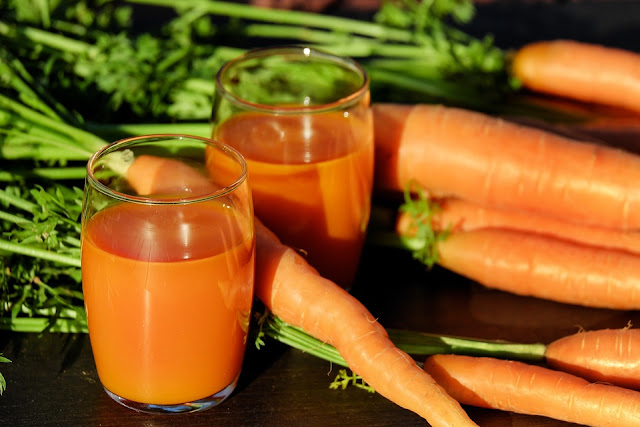Scientific name: Camellia sinesis
Other common names: Green tea extract, Chinese tea
Description:
Green tea has been consumed for many centuries and made from the steamed and dried leaves of the Camellia sinesis. Camellia sinesis is a shrub native to Asia.
Today, there are different types of green tea - some are more useful and beneficial than others. Many varieties of green tea created in countries where they are grown differ substantially on many factors like harvesting time, horticulture and production processing. The best sources of green tea are those that are from the dried leaves of Camellia sinesis and cultivated with use of 100% organic processes.
Benefits of Green Tea:
The key component is epigallocatechin gallete (EGCG) a major antioxidant that is abundant in Camelia Sinensis plant. It is also rich in other antioxidants like flavonoids, catechins and their derivatives. Aside from those, green tea contains tocopherols, carotenoids, , ascorbic acid, manganese, chromium, selenium or zinc, and some phytochemical compounds.
* Green tea has been shown to induce thermogenesis and increase a person’s metabolism
* helps decrease blood sugar
* effectively lower risk of atherosclerosis
* lower the risk of developing heart disease and certain types of cancer
* improves the ratio of LDL (bad) to HDL (good) cholesterol. Green tea has been shown to lower LDL cholesterol, triglycerides and lipid peroxides (free radicals).
Precautions:
Take herbs with care as they can trigger side effects and may interact with other herbs, medications or supplements,and THOUGH THE CONTENT OF THIS BLOG HAD BEEN TRIED/TESTED AND HAD BEEN USED
AS FOLK/HERBAL MEDICINE IT IS STILL BEST TO CONSULT YOUR DOCTOR BEFORE TRYING THIS.





